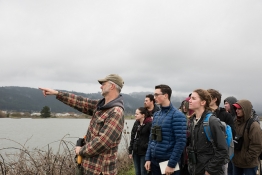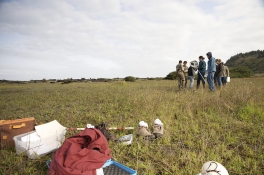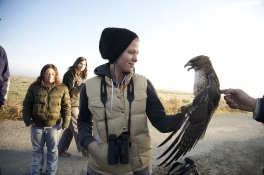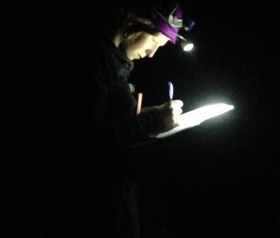Katrina Smith
Katrina’s research focused on the use of habitat selection and species distribution modeling in conjunction with underlying ecological theory to improve a population monitoring program of Townsends’ big eared bats (Corynorhinus townsendii) in a volcanic landscape. She explored the relationship between the internal microclimate of volcanic caves where bats hibernate and the cave morphology characteristics that influence the cold, stable conditions necessary for optimal metabolic rates of torpor. These predictive variables of bat abundance were assessed in an effort to prioritize caves for hibernacula surveys and increase the power of bat population monitoring at Lava Beds National Monument. Katrina worked as an intern, field tech, and program manager in the National Park Service for five years after finishing her B.S. in Ecology and Environmental Biology at the University of Wisconsin-Eau Claire. Her research was supported by the White-Nose Syndrome Response Program of the National Park Service.







